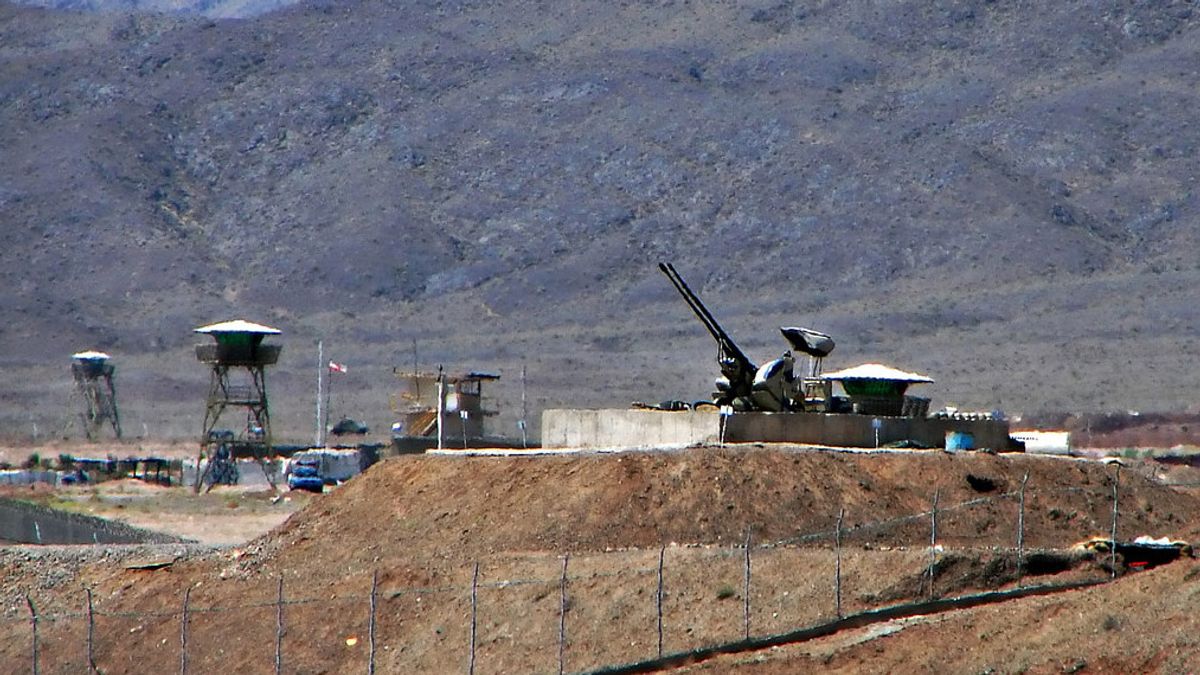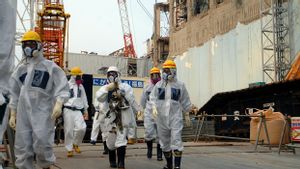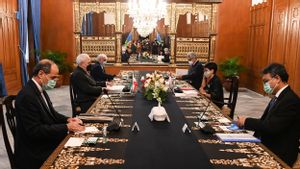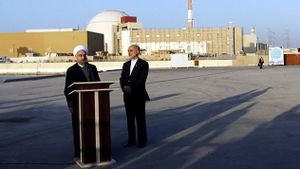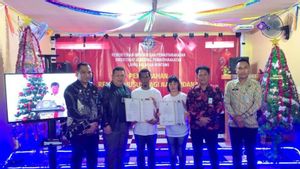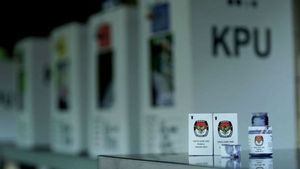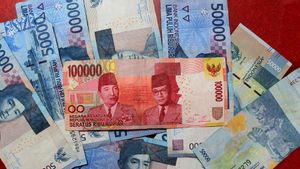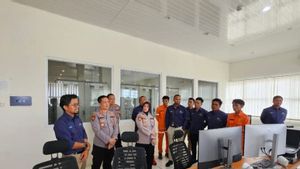JAKARTA - The International Atomic Energy Agency (IAEA) said Iran had reduced the number of centrifuges used to enrich uranium by up to 60 percent at the Natanz nuclear facility.
In its report on Thursday, April 22, the IAEA said, from the beginning there were two centrifugal clusters used for enrichment, now there is only one centrifugal.
"On April 21, 2021, the IAEA verified Iran had changed the mode producing UF6 enriched up to 60 percent U-235 at PFEP," the report said, referring to the nuclear facility in Natanz.
"Iran is now using a cascade, or cluster, of IR-6 centrifuges to enrich up to 60 percent of that process into the IR-4 series of machines to enrich up to 20 percent," the report continued. The previous IR-4 circuit was used to enrich up to 60 percent.
The International Atomic Energy Agency report does not say why Iran is making changes or say how many centrifuges are in each cascade. An earlier report in February said there were 119 centrifuges in the IR-4 cascade and 133 on the IR-6.
This move allowed Iran to produce enriched uranium but only in the underground plant in Natanz and only with the first generation IR-1 engine, which was much less efficient. It also limits the purity of Iran which can enrich uranium by 3.67%.
Earlier, Iran announced a switch to 60 percent, a major step towards weapons levels from the previously achieved 20 percent, in response to a blast and blackout at the Natanz nuclear facility last week.
Iran's move complicates current indirect talks with the United States to salvage a 2015 nuclear deal with major powers.
SEE ALSO:
The United States withdrew from an agreement under President Trump in 2017. A year later, America reimposed and increased sanctions on Iran. In 2019, Iran broke the limits of its nuclear activity deal.
The English, Chinese, Japanese, Arabic, and French versions are automatically generated by the AI. So there may still be inaccuracies in translating, please always see Indonesian as our main language. (system supported by DigitalSiber.id)
